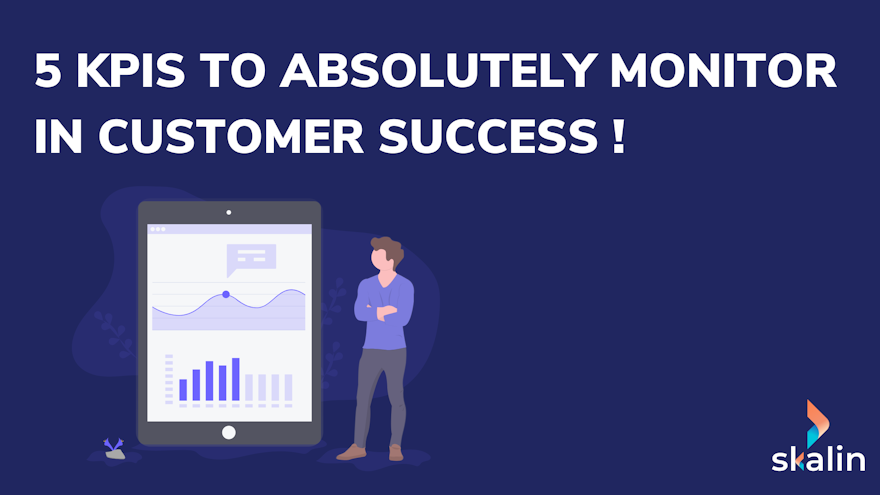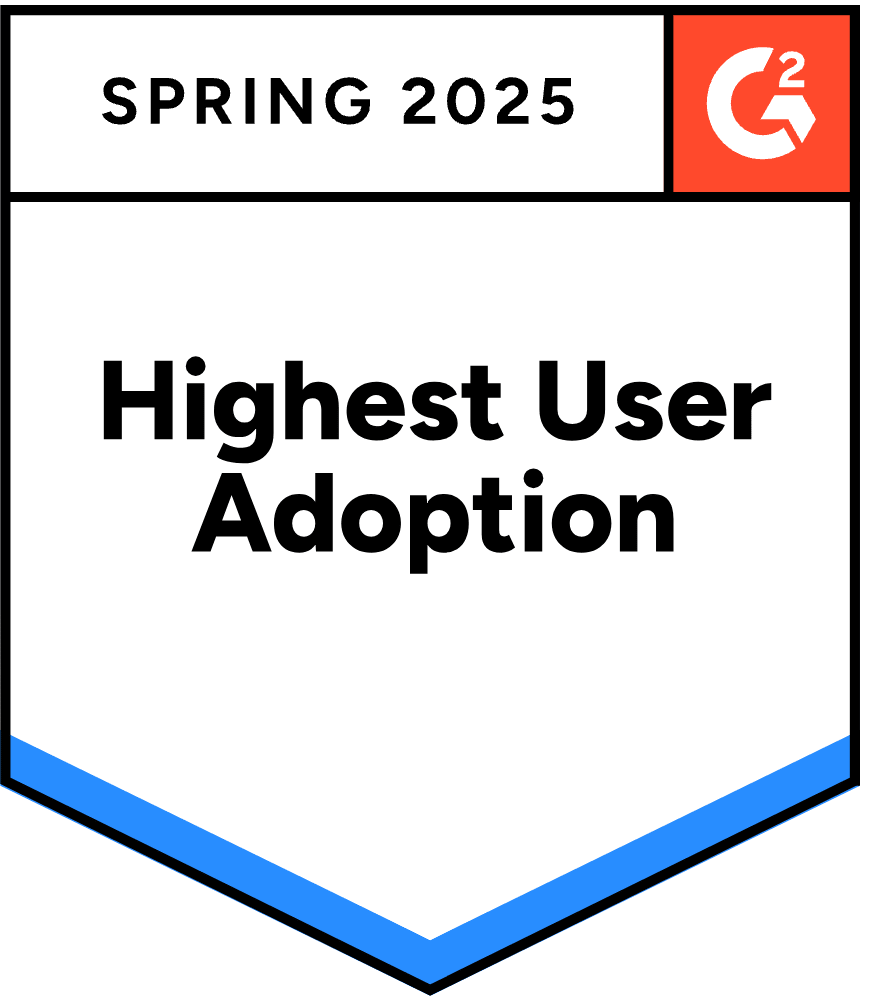There are numerous methods available for tracking your business's performance, each with its own calculation techniques. In our perspective, we prioritise monitoring these five indicators:
1. Net Revenue Retention (NRR)
Net Retention Rate (NRR) is the measure of recurring revenue that a company generates over a specific period while maintaining a constant number of customers. It encompasses revenue lost due to downgrades or churn, as well as revenue gained from upselling and cross-selling efforts. As such, NRR serves as a comprehensive indicator of a company's capacity to retain and expand its existing customer base.
▶️ Net retention formula
(MRR initial + Expansion - Downsell - Churn) / MRR initial
If your retention rate exceeds 100%, it signifies that you are not only retaining your existing customers but also generating additional revenue through upselling and cross-selling efforts. This indicates a healthy portfolio. Leading companies in the Software as a Service (SaaS) industry often achieve Net Retention Rates (NRR) of over 120%, setting a benchmark for success in this metric. Aim to surpass this threshold for optimal performance.
2. Churn rate
While Net Retention Rate (NRR) is a crucial metric for evaluating business health, it's important not to overlook the significance of churn. Overemphasis on NRR alone can obscure signs of churn, potentially leading to a misinterpretation of the business's true condition. Therefore, we recommend monitoring both indicators to gain a comprehensive understanding of your business's performance.
The "Gross" churn rate specifically quantifies the revenue lost from downgrades and churn, irrespective of the number of customers affected. Unlike other churn metrics, it prioritises the financial impact over the volume of customers lost.
For instance, if ten customers each contribute 100€ to Monthly Recurring Revenue (MRR) churn, their combined effect equates to that of a single customer with an MRR of 1000€ churning. In this context, it's the value of the churn rather than the quantity of customers that holds significance.
▶️ Gross churn rate formula
(Downsell + Churn) / MRR initial
3. The Customer Retention Rate
The retention rate, often referred to as "logo retention," represents the percentage of customers retained over a specified period. It serves as a key indicator of a company's capacity to maintain its customer base, regardless of individual customer value.
It's crucial to note that in this metric, a customer contributing €100 to Monthly Recurring Revenue (MRR) holds equal weight to one contributing €1000. While the business impact may vary, it's essential to recognise that even small lost customers carry hidden costs, particularly as they might become detractors in the market.
▶️ Retention rate formula
1 - (Customers lost during the period / Customers at the beginning of the period)
4. Customer Lifetime Value (LTV)
Lifetime Value (LTV) represents the total amount a customer is expected to spend over the duration of their subscription. It's crucial to accurately assess this indicator by considering not only the revenue generated but also factoring in the costs associated with customer acquisition and support throughout the customer journey.
▶️ LTV formula
Total Revenue generated by the customer - Acquisition and Support costs
▶️ LTV formula (evolution)
(LTV Year 2 - LTV Year 1 / LTV Year 1) * 100
This notion encompasses numerous factors, rendering it a complex metric to establish. However, measuring and analyzing its evolution is paramount for SaaS companies.
LTV serves as a crucial metric that provides invaluable insights into the long-term profitability and sustainability of a subscription-based business model.
5. ARPA (or average revenue per account)
ARPA is a valuable metric for monitoring your overall monetisation strategy. It is calculated by dividing the total Monthly Recurring Revenue (MRR) of all your customers by the total number of customers. .
▶️ ARPA formula
(MRR total / Number of customers) * 100
▶️ ARPA formula (evolution)
(ARPA year 2 - ARPA year 1 / ARPA year 1) * 100
This provides insight into the average revenue generated per account, which is essential for evaluating the effectiveness of your monetisation efforts
BONUS: New MRR from customer recommendations
When your customers begin advocating for your solution and referring others to your business, it's a clear indication that you're delivering exceptional service. Besides its immediate benefits, monitoring this indicator can also serve to highlight the value of Customer Success (CS) initiatives internally.
▶️ New MRR formula
(MRR New Biz from customer recommendations / Total MRR New Biz) * 100








